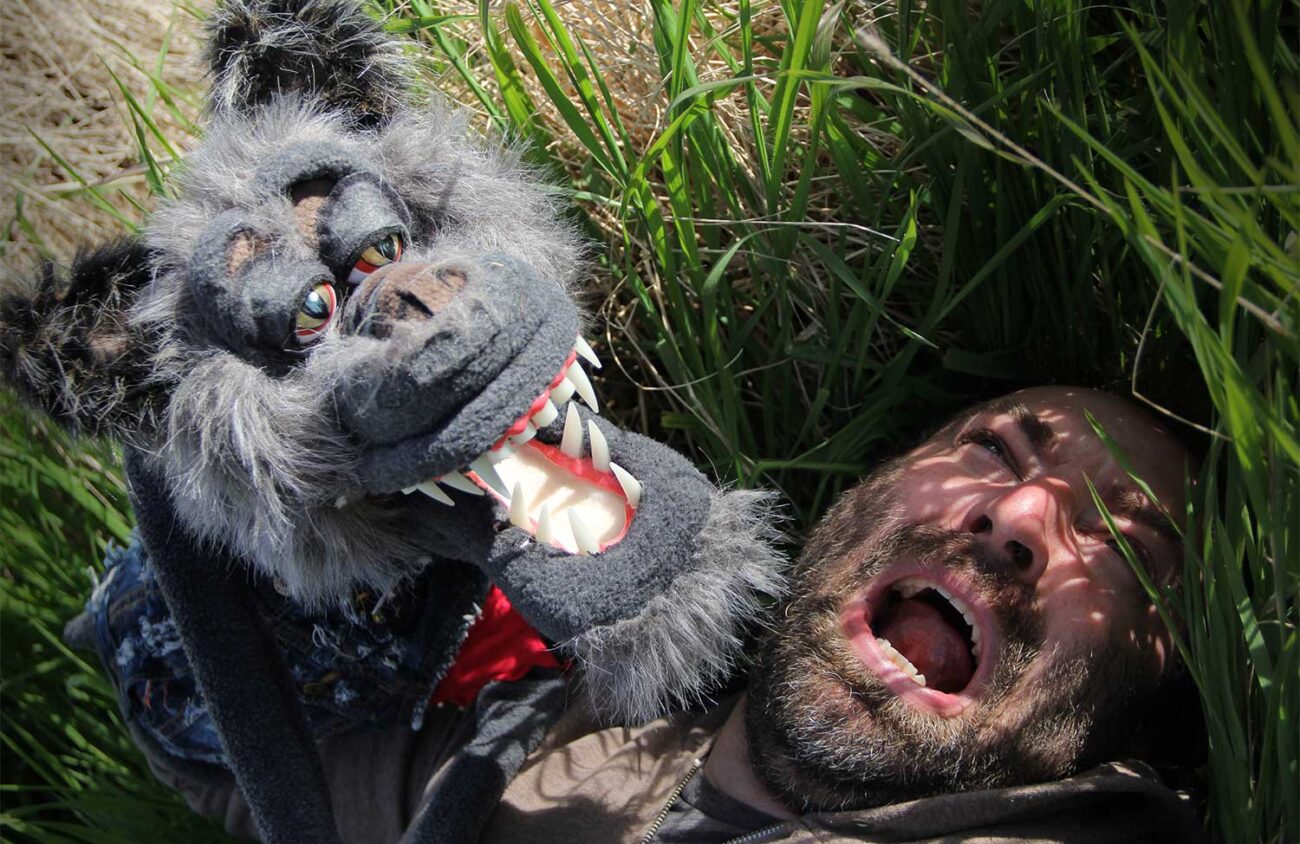For Josh Gross, musical theater was just too unrealistic — he couldn’t get over all the spontaneous singing and dancing in unison. He chose puppet-horror-musical theater, instead.
The very notion of puppet-horror-musical theater, Gross tells Eugene Weekly over the phone, is “so ridiculous, it shoots the moon and goes all the way to the other side of believability. At that point no one will question why everyone is breaking into song, because it’s already ludicrous.”
Based on H.P. Lovecraft’s fantasy-sci-fi classic The Call of Cthulhu, Gross’ troupe, Puppeteers for Fears, presents Cthulhu: The Musical!, July 28 at Whirled Pies in Eugene.
Lovecraft’s tale of an elemental aquatic creature may seem unlikely fodder for a musical puppet theater adaptation, but in the past, Puppeteers for Fears has tackled a puppet-based 15-minute adaptation of the blockbuster serial killer yarn The Silence of the Lambs. Other originals have covered Bigfoot, aliens and cyberpunk.
Referring to the Lovecraft source material, Gross says, “We wanted to do a legitimate adaptation of the original, but if you’ve ever read the original story — calling it a story is almost a little strange.”
There isn’t a strong narrative arc in the source material, first published in 1928, Gross says. “A lot of the traditional elements of storytelling aren’t really there.”
In Puppeteers’ adaptation, someone has disappeared on a mysterious island, and a cult idol may be involved. A police detective is investigating a murder leading to Cthulhu, Lovecraft’s tentacled creation.
Along the way, there’s room for puppeteer improvisation, and the music is a mix of psychedelic and surf rock with oceanic themes, Gross says.
Most of the sets in the production are digital video projections, combining original artwork, charcoal illustration, animated video, shadow puppetry and more. Combined, there’s “a grand sense of scale,” Gross says. “It has this wonderful sense of tone and dread.” But with puppets, “the horror element is softened,” he says.
Cthulhu: The Musical is directed by Katie Curtis. Gross wrote the script and rock-based score. He also sits in on drums, accompanying The Elephant, an Ashland-based band opening the show with a set of original folk and sea shanty-inspired material.
All puppets are designed and built in-house, with shadow puppetry from Alyssa Mathews and art direction and set and animation design from Aubry Hollingshead. There are typically 10 to 15 people involved in any Puppeteers for Fears production, Gross says.
Puppeteers for Fears has taken Cthulhu on the road before, but in this, their first West Coast tour since the pandemic, there is an update on the popular show, with more shadow-puppetry than before and a new song, Gross says.
Working with puppets “there’s this surreal meta-layer,” Gross explains. Audiences “know it’s not a real person, a monster or talking tentacle, but they still react as if it was. You can play with that liminal space,” which opens comedic and narrative possibilities, he says.
Whether it’s a monster, a humanoid puppet or a talking toaster, Gross says, characters are “not governed by how we live as humans. From a narrative standpoint and from a comedic standpoint — that’s gold.”
And with Lovecraft in particular, he adds, “so much of his work is the idea that reality itself is maddening. You have to have these blinders on. There’s no truer distillation of Lovecraft’s madness than a musical puppet show.”
